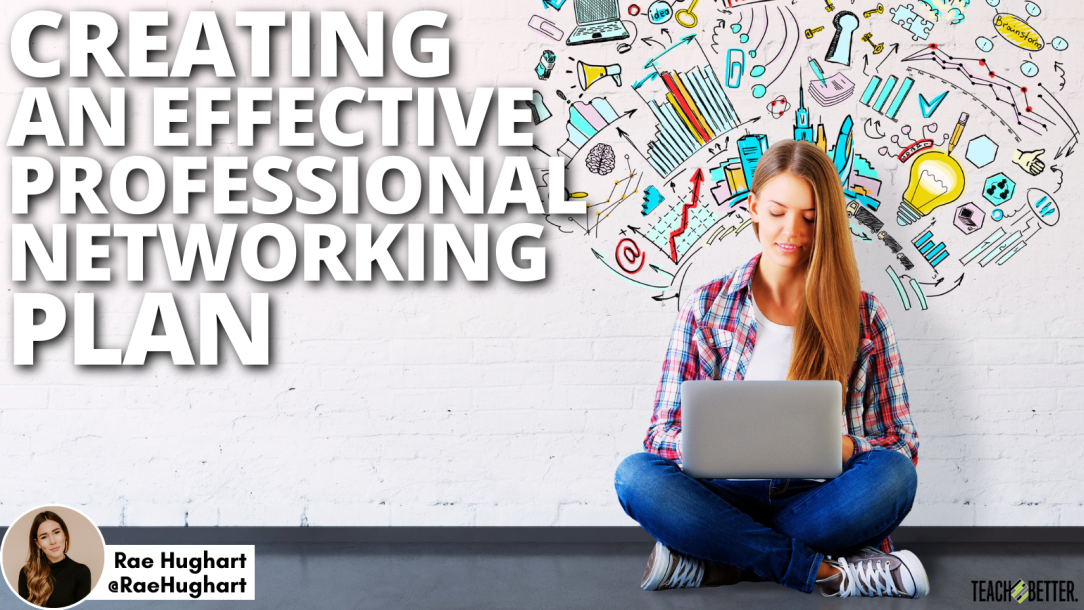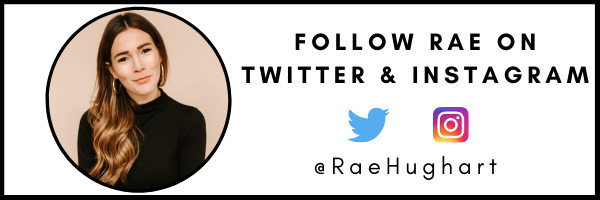TL;DR:
- When creating a professional networking plan, consider what you want from others and what you can offer to others.
- Develop a growth plan, strategically set a filtration system for reflection, and manage realistic goals.
Time is your most precious form of currency. Each moment you dedicate to a person, concept, or activity strips you of your 86,400-second daily allotment of time.
In the moments you choose to spare a handful of those seconds in the day for your own professional development, it must be effective and efficient. Otherwise, why not choose to fill that time with other responsibilities?
As professionals, it’s common practice to continually reflect on how to create systems for effective scalability. With the endless to-do list weighing down our shoulders, inefficiency is the divider between effective leadership and a burned-out, lost cause.
Take this same approach to your professional networking journey. Don’t shortchange yourself by failing to create a streamlined strategic plan of action.
Developing Your Plan
Creating an effective professional networking plan comes down to organizational practices around two questions:
- What do you want from others?
- What can you offer others?
Why do these questions need to be first answered to create meaningful connections in the education space?
Understanding our needs of others is an essential filter for those in our lives to pass through. Without a filtration system evaluating a person’s added value to our life—professionally, personally, romantically, spiritually—you risk surrounding yourself with those who do not align with your goals or desires.
There’s a common phrase, “if you are the smartest one in the room, you’re in the wrong room.” This concept spans from a notion that if you are the smartest person in the room, you are adding value to others without fueling yourself. Without the two-way value add, the assumption is that you are not growing. And if we are not growing, we are dying or at the very least moving toward a stagnant mindset of complacency.
Therefore, understanding your hopes and desires in how your connections can best support you is essential in efficient and effective connection building.
The same concept can be applied to the second question dedicated to understanding what you can bring to others. What are you bringing to the table? This question often results in a sense of confidence as you’ve identified your worth to others while also supporting easy discussion openers as you build a conversation with a potential connection by providing value.
If someone handed you 86,400 dollars a day, you wouldn’t begin your morning lighting half of it on fire. Your time, 86,400 seconds a day, is valuable, and wasting it in inefficient practices is not effective. Click To TweetBuilding Toward Efficiency
When coaching leadership teams, there are two necessary activities to ensure the construction of scalable network building is executed effectively.
Create a list of 3-5 areas to answer the question, “what do you want from others?” What does a “good connection” in the educational field provide you?
Some ideas may include:
- Authenticity
- Inspiration
- Open minded approach
- Expert in a given area or topic
- Experience beyond your own
- Value building a diverse network
- Someone who chooses to see the silver lining
Next, create a list of 3-5 areas to answer the question, “what can you offer others?” When someone thinks of you, what characteristics or attributes do you want them to associate with you?
Some ideas may include:
- A dedication to service leadership
- Growth mindset
- Desire to elevate and amplify the voices of others
- Your great sense of humor
- Being a good listener
- Family-focused
Using Your Lists to Be Efficient & Effective
Breaking down the use of these two lists will be an essential component for effective networking.
Beginning with your first list pertaining to what you value in a professional connection, this list should be your first filter when evaluating a potential connection.
Does the individual value your values? Do they carry the ability to help you grow? Do they satisfy any of the listed categories you wish to focus on?
The reality is, even your best connections may not fulfill each category, nor should they. This list should focus your lens in an initial conversation, but not limit your natural ability to see the good in people you interact with. It is your responsibility to ensure those you keep in your circle are fulfilling your desire to develop. How and to what magnitude an individual does this is to be determined over time.
Therefore, if a potential connection matches with one or multiple areas on your list, consider them a “must add” to your professional networking list and keep exploring!
Your second list, dedicated to what you are able to offer others, will accomplish multiple things. One element of support is your discovery of your limitations. By focusing on what you can offer others, you build a better understanding of what you’re unable to offer others.
For example, if you want others to see you as an individual dedicated to being a trusted listener while also being family-focused, you may find yourself eager to take a phone call with an industry leader, but not after 6:30pm as you need to do your best to be at the dinner table with your children.
The other element this list can support you with is what to communicate with your network.
For example, if you find yourself at an industry cocktail event, you may choose an easy icebreaker question to be related to your value add of enjoying amplifying others.
“Hey, have you connected with Mickey Smith Jr. yet? I heard him speak at a recent event and he played his saxophone during his keynote address. Talk about an engaging hour!”
It’s like having a personal cheat sheet in your back pocket!
Where to Begin With Your Strategic Networking Plan
Where to seek out building a strong professional development network can be an overwhelming endeavor. However, with the work you’ve done to ensure you continually use a personalized filter to sift through potential connections, you will effectively use your time to determine those who will best serve you.
Locating potential connections exist in multiple forums including:
- Social media
- Connection introductions
- Conference events
- Organizational groups (regional groups, statewide nonprofits, networking teams, etc.)
Choosing your “where” for connection building will come down to resources and personal preferences.
[scroll down to keep reading]Setting a Realistic Goal
A strategic plan is simply a wish until you’ve created small, obtainable goals to reach it. Take 120 seconds of your daily 86,400-second allotment and set a realistic goal for building industry connections over the next 12 months. Include the who, what, where, when, and why. Be specific.
Poor goal: I will attend 2 conferences this year.
Okay goal: I will attend 2 regional conferences by the end of the summer and meet 2 new connections at each event.
Good goal: I will attend 2 regional conferences by the end of the summer, meet 2 new connections at each event, and collect contact information for the 2 connections. I’ll then wrap up my experience each time by sending an email to them following the event.
Great goal: I will attend “Name 1” and “Name 2” conferences in 2023. At each event, I will meet 2 new connections and collect contact information for the 2 connections. I’ll then wrap up my experience each time by sending an email to them following the event directly related to my “list 1” goals to see if they have further insight, resources, or connections to areas I’m interested in.
Conclusion
If someone handed you 86,400 dollars a day, you wouldn’t begin your morning lighting half of it on fire. Your time, 86,400 seconds a day, is valuable, and wasting it in inefficient practices is not effective.
We can be better.
In the moments you choose to spare a handful of those seconds in the day for your own professional development, it must be effective and efficient.
Develop a growth plan.
Strategically set a filtration system for reflection.
Manage realistic goals.
Become your best self…moment by moment.
About Rae Hughart
Rae Hughart is the Chief Experience Officer and co-owner of the Teach Better Team, Educator, and author of Teachers Deserve It (20) and Teach Better (19) books available on Amazon or Barnes & Noble. In 2017, Rae was honored with the Illinois State University Outstanding Young Alumni Award – inducting her into the University Hall of Fame. In 2018, Rae was honored again by winning 1st place in the Henry Ford Innovator Award for her work within educators communities to build unity between local businesses and schools. And in 2021, Rae was selected to give her first TEDx Talk called “Better Than Youtube,” emphasizing the true value of educators. You can learn more about Rae or book her for Professional Development opportunities within the Teach Better Speakers Network.




